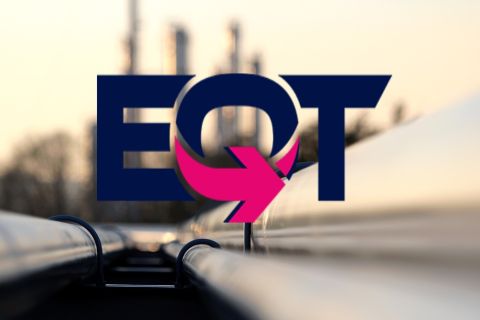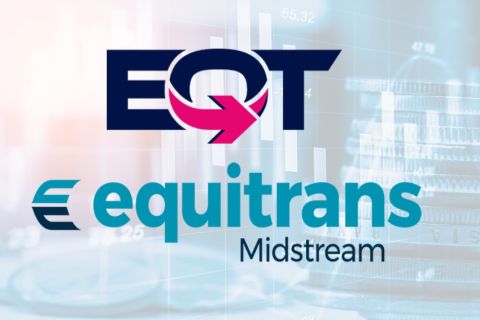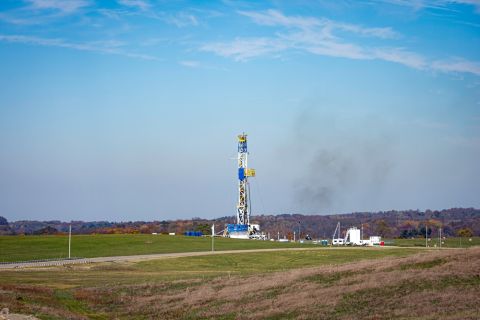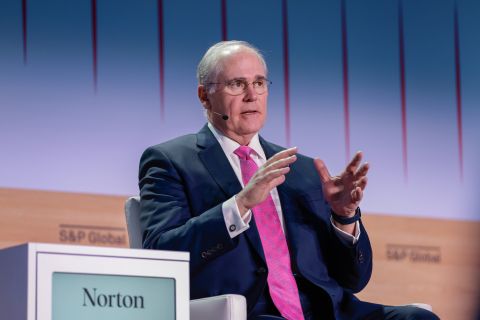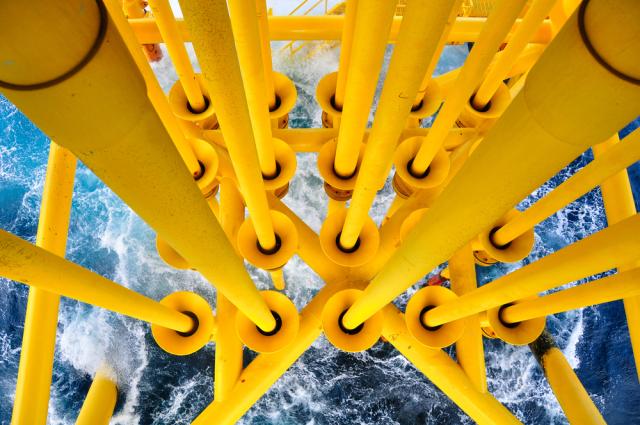
(Source: Shutterstock.com)
HOUSTON—Technology has helped oil and gas companies unlock troves of hydrocarbon riches both onshore and offshore, but the industry still needs more technology to overcome challenges.
Some of that could come from startups, if they are able to overcome hurdles to meet the needs of the industry. Speaking on Sept. 11 during Rice Alliance’s annual Energy and Clean Technology Venture Forum at Rice University, a panel of offshore executives gave attendees—including those behind new business enterprises—insight on offshore needs as the sector goes farther and deeper in search of oil.
“There’s a lot of opportunities and I could list all of these but any new technology that allows us to save money and lower our capital and expenses, we’re interested in,” said Jim Raney, director of engineering and technology for Anadarko Petroleum, a wholly-owned subsidiary of Occidental Petroleum Corp.
Raney highlighted efforts made so far as the company, working with peers, qualified about 200 components as part of its 20a project that aims to design, verify and validate 20ksi subsea equipment. But more technology needs exist in the areas of deepwater drilling and completions, subsea 20ksi production system and risers, and monitoring instrumentation—to name a few.
Deficiencies are present in other areas as well, according to Glenn Mediamolle Jr., manager of deepwater projects for LLOG Exploration Co. LLC. Among these are subsea laser scanning packages, which Mediamolle explained is deployed at drill centers for static scanning of wells, jumpers, manifolds and workflow lines.
“In order to do that we have to deploy an ROV vessel—a very expensive ROV vessel. It takes time to do these activities,” Mediamolle said. “Now if someone could invent one of these great laser scanner packages that could be permanently installed on a monument somewhere with long-range capability, that would add real value. We don’t have to mobilize a vessel out there.”
Other areas where technology is needed are: subsea sensors that measure pH, subsea external non-destructive examination tool for corrosion mapping and defect identification of complex geometries, and crack detection, he said.
“Cracks can lead to catastrophic failures. That’s not good,” Mediamolle added. “Even inline inspection tools can’t do crack detection. They’re good for what they’re meant to do, but they don’t have anything for crack detection.”
A tool to divert drill cuttings in openhole applications away from existing subsea drill centers is also on his technology wish list.
While the needs remain plentiful, the offshore sector has made progress in many areas and continues to work toward making potential operational game-changers a reality.
“One of the programs that we’re developing is fully unmanned platforms,” said Vincent Saubestre, CEO and president of Total EP Research & Technology USA. “And when you think about unmanning your platform—not the existing ones but designing them so that no man will normally be there—it’s a whole different setup. You don’t design to have safety evacuation etc., you design the platform around this concept.”
Robots are also being put to use for intervention, and the company is working with tech giant Google to “try to put machine learning inside our seismic interpretation or fully automated, remote operated maintenance,” Saubestre said.
Their words were delivered during an annual event that gives leaders of startup companies a chance to pitch their services and products and land new customers, fields trials or funding.
The offshore executives had advice and messages for the budding entrepreneurs in attendance.
“Have a clear purpose for your services, your technology and your goods. Don’t leave it up to us to interpret,” Mediamolle said, later emphasizing the importance of having leaders within the organization. “We don’t have time to interpret what you’re trying to sell us.”
He also stressed that startups approaching LLOG need to know its business model and what it takes for the company to remain successful and optimize existing processes.
“We’re a small business and we have small business mentality,” he said. But “we execute large-scale world-class projects and we do that at industry-leading cost and schedule.”
On the downside, however, Mediamolle said the company doesn’t do pilot programs and doesn’t typically pioneer new technology. “But if we know you have a service that we need, then we’re going to move pretty fast with it. … We’re not going to hold your hand through pilot programs; it’s just not how our business model works.”
Having also worked on bringing new technology to the industry, Raney noted the importance of having a systems-engineering approach, avoiding unnecessary complexity, integrating human factors, applying data analytics and carrying out risk assessments.
Knowing regulatory standards is also essential, he added.
“It’s [technology’s] got to meet the standard. You’ve got to know what the standard is,” he said.
“Look at the standards in the industry, they’re going to tell you whether you’re successful or not.”
Recommended Reading
EQT Ups Stake in Appalachia Gas Gathering Assets for $205MM
2024-02-14 - EQT Corp. inked upstream and midstream M&A in the fourth quarter—and the Appalachia gas giant is looking to ink more deals this year.
EQT Deal to ‘Vertically Integrate’ Equitrans Faces Steep Challenges
2024-03-11 - EQT Corp. plans to acquire Equitrans Midstream with $5.5 billion equity, but will assume debt of $7.6 billion or more in the process, while likely facing intense regulatory scrutiny.
Ohio Oil, Appalachia Gas Plays Ripe for Consolidation
2024-04-09 - With buyers “starved” for top-tier natural gas assets, Appalachia could become a dealmaking hotspot in the coming years. Operators, analysts and investors are also closely watching what comes out of the ground in the Ohio Utica oil fairway.
ONEOK CEO: ‘Huge Competitive Advantage’ to Upping Permian NGL Capacity
2024-03-27 - ONEOK is getting deeper into refined products and adding new crude pipelines through an $18.8 billion acquisition of Magellan Midstream. But the Tulsa company aims to capitalize on NGL output growth with expansion projects in the Permian and Rockies.
Chesapeake-Southwestern Deal Delayed Amid Feds Scrutiny of E&P M&A
2024-04-05 - The Federal Trade Commission asked Chesapeake and Southwestern for more information about their $7.4 billion merger — triggering an automatic 30-day waiting period as the agency intensifies scrutiny of E&P deals.


